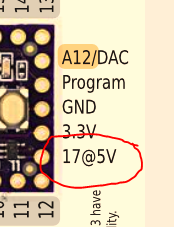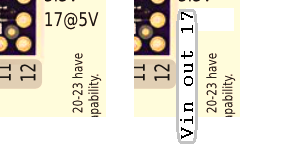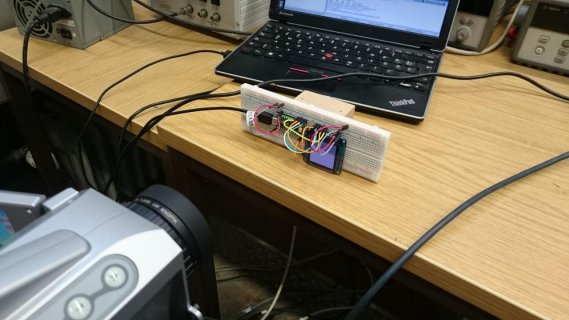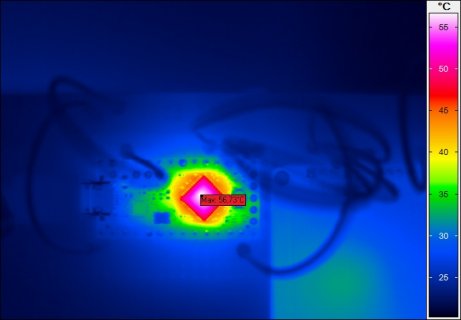Ok, let's see if I can get all of today's questions answered in just 1 post....
I think CS pins may need to marked for which buss.
Yes. Since there aren't 5 logically different hardware-controlled CS pins, maybe just "CS0" and "CS1" will work?
I'll be working on the final card design later this week. Hopefully there'll be time to post a couple draft copies for feedback.
wouldn't it be a good idea to get selection option that says "include card" on checkout in your store.
Right now, messing with anything on the website is the last thing I should be doing. Eventually it needs a huge amount of work, but that should happen some time when a new product isn't about to release.
Customizing stuff is something we're not set up to do. I've often considered setting up a way to order different pins & sockets soldered, with a few days lead time. But logistically, it really makes things much more complex. We do pretty well with shipping orders quickly, but only because we try to keep everything as simple as possible.
If you *really* want to not get a card included, you can mention that in the "additional instructions" box. Some people do exactly that when ordering 10 or so.
Also the DAC pin as 26-DAC. Does that mean that on the LC the DAC pin can be used as a digital I/O pin as well as analog input A12 and DAC out?
Yes, on Teensy-LC the DAC pin can also work as digital I/O or an analog input.
On Teensy 3.1, the DAC pin can be an analog input, but not digital I/O.
I was going to revise the card I made to include higher resolution front photo and also a card for the back (showing the inner pins). However, I don't have clean photos of green board teensyLC and I don't have a board to photograph myself.
I'll update the web page soon, with a better photo of the green board.
.... with a suggestion that using 100mA is a safe design rule for the Teensy 3.0. What is the appropriate value for the LC?
For now, I believe recommending 100 mA is still probably best. Teensy-LC will use less power than Teensy 3.1, and the on-chip regulator has similar specs, so in theory a little more current could be available.
For initial release next month, I'd prefer to keep things conservative, specs-wise.
Having lines going from the labels to the inner pins (and pads, for Teensy 3.0/3.1) would seem to aboid that confusion.
Oh, the Teensy 3.1 printed card was updated months ago, but it seems the reference page on the website has the older version of the card.
I find the term @5V confusing due to the ampersand.
What specifically would be more clear?
I did know Output Only from scanning so sort of a rhetorical ? just showing how much it takes to describe - there are two pin #17's and one is very special and 5 characters comes up short
Yeah, with any sort of reference card, or pretty much any type of graphic intended to convey technical details, there's a trade-off between expressing accurate details versus maintaining overall simplicity that allows the most important features to be seen easily. I'm afraid there are no perfect answers, only (somewhat) reasonably compromises.
Question how much current does it take to drive that p17 Mosfet?
It's a CMOS logic chip, not just a mosfet. Internally, it's made of many mosfet transistors inside the chip, but functionally it's a logic gate chip, not a mosfet transistor.
Like all such logic chips, the input current is minimal. The input is a very low capacitance, under 10 pF, not anything like the large capacitance of a single high-power mosfet transistor. Like all capacitive inputs, some current is needed during the rising and falling edges to switch the logic state, but with such a low capacitance, it's really not worth much concern. To maintain a steady logic state on a capacitive input requires no current at all.
For all practical purposes, the buffer doesn't "use up" any significant portion of the 20 mA current the main chip can provide on pin 17.






